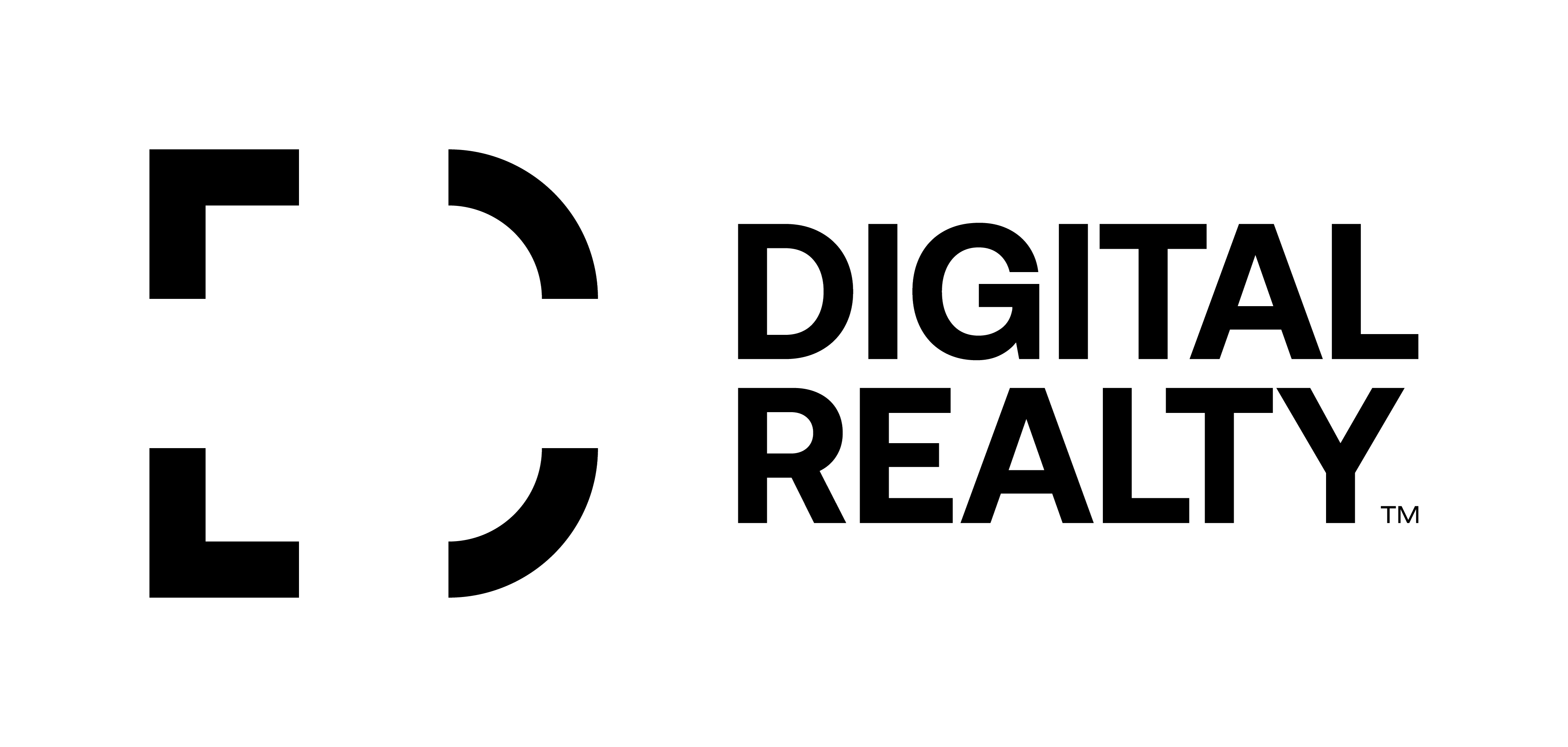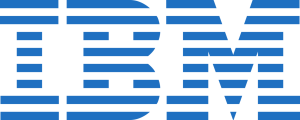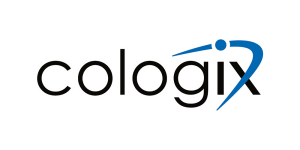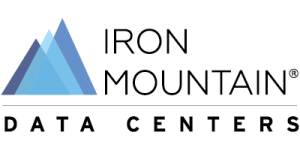Google’s $1.2B Midwest Expansion: What Developers Need to Know
The Midwest Emerges as a Digital PowerhouseFor decades, when people thought about U.S. data centers, the conversation centered around Virginia’s Data Center Alley, Silicon Valley, or Texas. But a quiet shift has been underway. The Midwest, once considered a flyover region for digital infrastructure, is now stepping into the spotlight. Google’s recent announcement of a $1.2 billion investment in the Midwest underscores this transformation.This expansion is more than just a real estate play — it’s a statement about the future of data center growth, cloud infrastructure, and AI-driven workloads. Developers, investors, and enterprise IT leaders must pay attention to what this means for regional competitiveness, construction timelines, energy markets, and long-term scalability.The Midwest offers unique advantages: abundant land, reliable energy grids, growing renewable power capacity, and connectivity corridors that link east and west coasts. By committing billions, Google signals that it views the region as a critical anchor for hyperscale, AI, and sovereign cloud expansion in North America.For developers and ecosystem partners, understanding the strategic drivers behind this move is essential to positioning themselves in the right projects and partnerships.Why the Midwest, Why Now?Google’s $1.2 billion Midwest expansion is not a random allocation of capital. It reflects a confluence of factors that make the region ripe for massive digital infrastructure growth.First, AI and hyperscale workloads demand unprecedented scale. Traditional data center hubs are constrained by limited land availability, rising power costs, and permitting challenges. By comparison, the Midwest provides the physical and economic room to grow.Second, energy dynamics play a central role. The Midwest sits on a diverse energy mix, from nuclear and coal to rapidly scaling wind and solar. States like Iowa, Illinois, and Indiana have become national leaders in renewable generation. Google has consistently pledged to align its data center expansions with clean energy procurement, and the Midwest offers both availability and affordability.Third, connectivity is improving. Long-haul fiber routes crisscross Chicago, Minneapolis, and other Midwest metros, enabling low-latency connectivity to both coasts. This makes the region a perfect midpoint for balancing east-west cloud traffic.Finally, political and economic incentives cannot be overlooked. Midwest states are competing aggressively to attract hyperscalers, offering tax breaks, job incentives, and infrastructure support. In many cases, local governments see these investments as economic development lifelines, helping diversify economies that were once reliant on manufacturing.The Scale of Google’s CommitmentA $1.2 billion expansion is not a single data center project. It represents a multi-site, multi-year investment strategyacross several Midwest states. While Google has not disclosed every location, reports and permits highlight expansion in Iowa, Nebraska, and Ohio — with other Midwest markets likely to follow.Iowa: Google’s Established StrongholdIowa has long been a cornerstone of Google’s Midwest operations. The state’s abundant wind energy, pro-business policies, and central location have made it attractive for hyperscale builds. Google has already invested billions in Council Bluffs, and the new wave of capital will likely expand that campus further. Developers should expect Iowa to remain a hub for hyperscale expansion.Nebraska: The Next Growth FrontierNebraska, with its proximity to Omaha’s fiber crossroads and growing renewable sector, is increasingly on the hyperscale map. Google’s investments here are expected to scale significantly, positioning the state as a challenger to Iowa’s dominance.Ohio: Bridging Midwest and East CoastOhio’s Columbus region has quietly emerged as a critical cloud hub, with Amazon, Microsoft, and Meta all building massive campuses. Google’s Midwest expansion includes Ohio, further cementing the state’s role as a bridge between Midwest cost advantages and East Coast demand centers.Together, these investments create a network effect, allowing Google to deliver low-latency services across the region while distributing workloads intelligently.What Developers Need to Know: Key Market ConsiderationsFor data center developers, contractors, and design-build firms, Google’s Midwest expansion offers both opportunities and challenges.1. Land Acquisition and ZoningDevelopers must move quickly to secure land near power substations, fiber corridors, and transportation networks. While the Midwest offers plenty of land, competition is heating up. Once Google, AWS, and Microsoft enter a region, available parcels disappear fast, driving up prices.Local zoning and community engagement are also critical. Hyperscale projects can face pushback over water use, energy consumption, and visual impact. Developers must prepare to navigate these challenges early in the process.2. Power and SustainabilityEnergy procurement is a decisive factor in hyperscale site selection. Developers must build strong partnerships with utilities and renewable energy providers. Google’s clean energy commitments mean that projects tied to wind, solar, or nuclear sourcing will have stronger appeal.Additionally, innovations like liquid cooling and AI-optimized energy management are increasingly standard in hyperscale design. Developers who integrate these from the outset will be more competitive.3. Workforce and Supply ChainThe Midwest’s construction labor market is tightening. Skilled electricians, HVAC technicians, and data center engineers are in high demand. Developers must plan for workforce availability and consider partnerships with local training programs.Supply chain dynamics also play a role. Access to steel, prefabricated modules, and critical electrical equipment can create bottlenecks. Developers who lock in supply early gain an edge.4. Connectivity and Network DesignMidwest markets are only as valuable as their connectivity. Developers should align with fiber providers to ensure diverse, low-latency routes into major carrier hotels in Chicago, Minneapolis, and St. Louis. Edge connectivity — for 5G, IoT, and gaming — will also influence design.5. Incentives and PartnershipsEvery Midwest state has its own incentive structure. Developers should work closely with state economic development agencies to maximize tax abatements, grants, and workforce support. Strategic partnerships with universities and local enterprises can also strengthen project viability.Midwest Market Hotspots: The Top LocationsWhile Google’s investments focus on Iowa, Nebraska, and Ohio, the broader Midwest is ripe for developer attention. Here are the top three hotspots shaping the market:Iowa: Wind-Powered Hyperscale HubIowa remains a leader in renewable-powered hyperscale development. With over 60% of its electricity from wind, the state aligns perfectly with Google’s sustainability goals. Council Bluffs is already a hyperscale anchor, and new builds are extending Iowa’s dominance.Ohio: Columbus and BeyondThe Columbus region is attracting hyperscalers at unprecedented speed. Its centrality, power availability, and competitive incentives make it a natural choice for AI and cloud expansions. Google’s move here validates the region as a Tier 1 hub.Nebraska: Rising ContenderNebraska is not as established as Iowa or Ohio, but that’s changing rapidly. Omaha’s connectivity to both coasts and favorable business climate make it a rising star. For developers, early entry here could mean long-term advantages.The AI Factor: Why This Expansion Matters More Than EverGoogle’s Midwest expansion cannot be understood without considering the role of artificial intelligence.AI workloads are power-intensive and latency-sensitive. Training large language models and running inference at scale requires unprecedented density. Hyperscale campuses must now deliver hundreds of megawatts with liquid cooling, advanced thermal management, and resilient grid interconnections.The Midwest’s power profile and available land make it ideal for AI growth. By expanding here, Google is not just building data centers; it is future-proofing its AI infrastructure for the next decade.For developers, this means projects must be AI-ready by design. High-density racks, modular scalability, and integration with edge AI nodes will separate the winners from the laggards.The Ripple Effect: What It Means for the EcosystemGoogle’s $1.2 billion investment will reverberate across the Midwest economy and beyond.Local Communities will benefit from job creation, tax revenue, and infrastructure upgrades.Renewable Energy Developers will see rising demand for power purchase agreements, driving wind and solar growth.Fiber Providers will expand routes to connect new hyperscale campuses, boosting regional connectivity.Enterprise IT Buyers will gain new low-latency cloud regions, reducing reliance on coastal hubs.But there are also challenges. Strain on local grids, water resources, and housing markets could trigger political debates. Developers must anticipate and address these issues proactively to avoid delays.Developers’ Playbook: How to Position for SuccessAs Google and other hyperscalers double down on the Midwest, developers must be strategic to capture opportunities. Here’s the playbook:Think Big: Hyperscale projects are no longer 20MW builds. They are 100MW+ campuses. Design for multi-phase growth.Prioritize Sustainability: Build renewable PPAs, water stewardship, and efficient cooling into your pitch.Lock Down Connectivity: Fiber diversity is non-negotiable. Work with multiple carriers.Win Community Trust: Engage with local stakeholders early to mitigate opposition.Diversify Partnerships: Align with construction, energy, and tech partners who can scale with you.Beyond Google: The Midwest’s Future TrajectoryWhile Google’s $1.2 billion is making headlines, it’s part of a bigger trend. Amazon, Microsoft, Meta, and Oracle are all expanding in the Midwest. Hyperscale competition is intensifying, and the region is on track to rival Virginia and Texas in the next decade.For developers, this is the moment to establish a presence. Land and power are still more accessible than coastal markets, but competition is rising fast. Acting now could secure long-term contracts with the largest technology players in the world.The Midwest is no longer a secondary market. It is becoming a primary battlefield for hyperscale and AI infrastructure — and developers who understand the dynamics today will be the leaders tomorrow.The Developer’s Edge in a Billion-Dollar RaceGoogle’s $1.2 billion Midwest expansion is more than a headline — it’s a roadmap for where the digital economy is heading. The region’s mix of renewable energy, connectivity, incentives, and land availability creates a perfect storm for hyperscale growth.For developers, the message is clear: the Midwest is open for business, but the window to secure prime positions is narrowing. Those who move decisively, align with sustainability, and design for AI-driven scale will thrive in the next chapter of North America’s data center revolution.
























